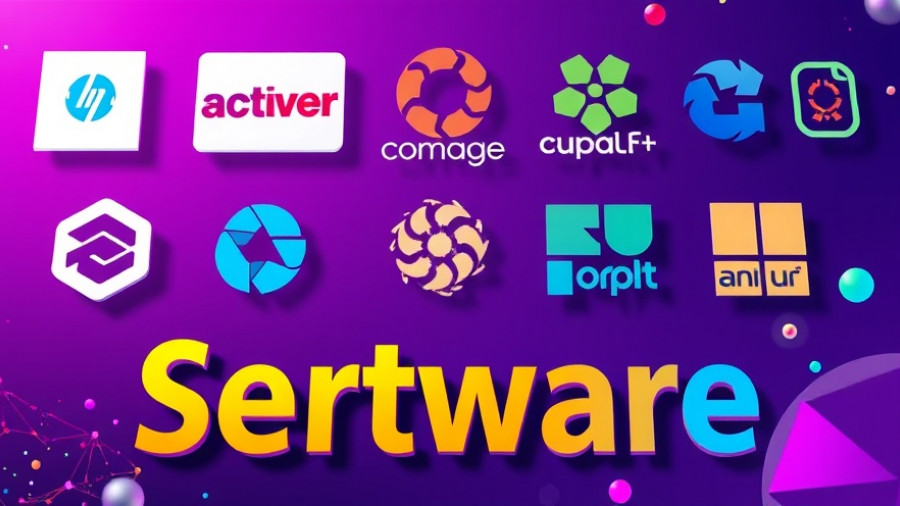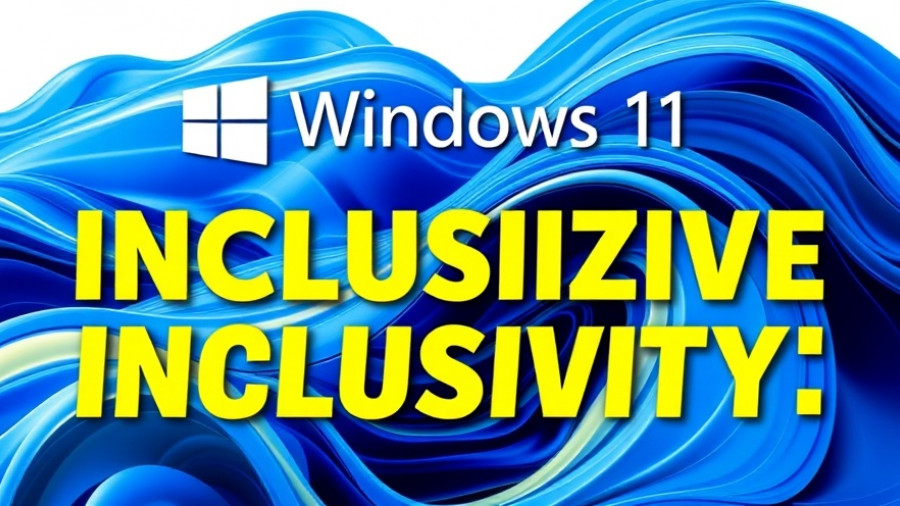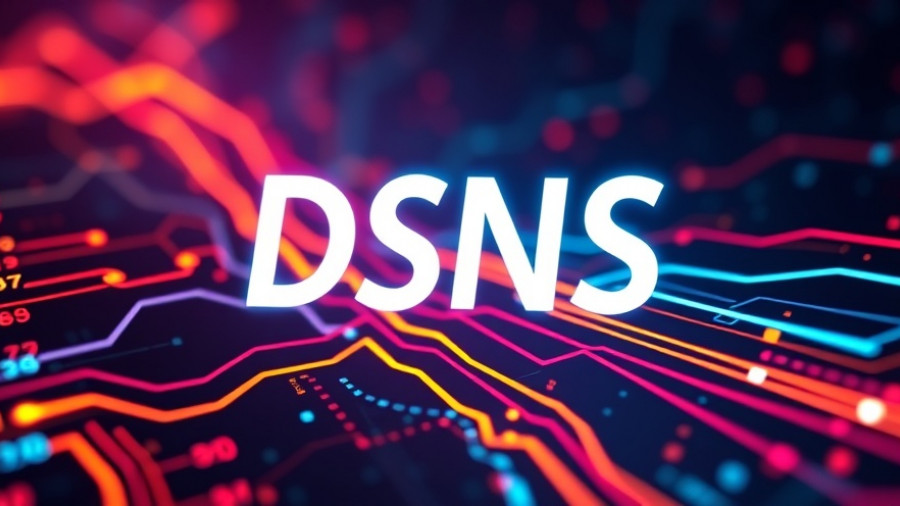
Exploring After Effects Alternatives: A New Era for Motion Graphics
Video editing and motion graphics have rapidly evolved in recent years, driven by demands for more versatile, cost-effective tools. In the landscape of professional video production, Adobe After Effects has long been a frontrunner. However, as costs accumulate and user preferences shift, many are looking for alternatives to discover fresh solutions that align with their needs.
In 'Top 4 AFTER EFFECTS Alternatives with HITFILM now DEAD! (2025)', the discussion dives into the evolving landscape of motion graphics software, exploring key insights that sparked deeper analysis on our end.
Adobe After Effects: A Costly Choice?
Adobe After Effects, the industry standard in motion graphics and visual effects, is well-known but not without its drawbacks. The hefty subscription prices—approximately $23 per month for standalone access and around $70 for complete Creative Cloud access—can deter both budding creators and seasoned professionals alike. Additionally, the software’s complex interface may not suit everyone’s style or requirements, prompting a search for simpler, more affordable alternatives.
HitFilm’s Demise and Its Implications
Notably, HitFilm, once a popular alternative offering a solid array of features, has ceased operations. This discontinuation, particularly its shift from a one-off payment model to a subscription-based service, has sparked dissatisfaction among its users. As the industry watches this shift from more user-friendly pricing to a model reflecting After Effects, it raises essential questions about the sustainability of such changes in creative software.
The Best Alternatives to Adobe After Effects
As creators search for replacements, several noteworthy alternatives have emerged:
- Blackmagic Fusion: An outstanding choice, Fusion offers professional-grade capabilities for both VR and 3D compositing. Integrated with Da Vinci Resolve, this program stands out for its unique node-based workflow, which significantly enhances productivity in effects creation.
- Apple Motion: A more straightforward option for those heavily involved in Final Cut Pro, Motion enables real-time previews and comes packed with a range of templates and effects for easy integration into projects.
- Blender: This free, open-source platform has a robust set of 3D animation and sculpting tools. While it does have a learning curve, the community support and extensive tutorials make it a fantastic resource for both newcomers and advanced users.
- Natron: Focusing on 2D effects, Natron’s unique node-based approach streamlines workflows, making it more intuitive for visual effects work. Its open-source nature and plugin community enhance its value significantly.
Embracing Change: The Future of Motion Graphics Software
As software landscapes continue to shift, creators must adapt to new tools and methodologies. The decline of popular options like HitFilm reinforces the need to evaluate software holistically, considering user needs, costs, and technical requirements. This re-evaluation is crucial not only for individuals but also for developers aiming to cater to the evolving market.
What This Means for Industry Stakeholders
The transition in software choices hints at a broader trend in technology innovation management. Investors and analysts should closely monitor these shifts, as the choice of tools significantly influences creative output and efficiency in production processes. Understanding the implications of these software developments can offer insights into market dynamics and future trends.
With emerging tools like Fusion, Motion, Blender, and Natron, the landscape for motion graphics is diversifying. As creators make informed choices about their preferred software, the landscape of visual storytelling will evolve, potentially shaping how viewers engage with video content across platforms.
 Add Row
Add Row  Add
Add 




Write A Comment